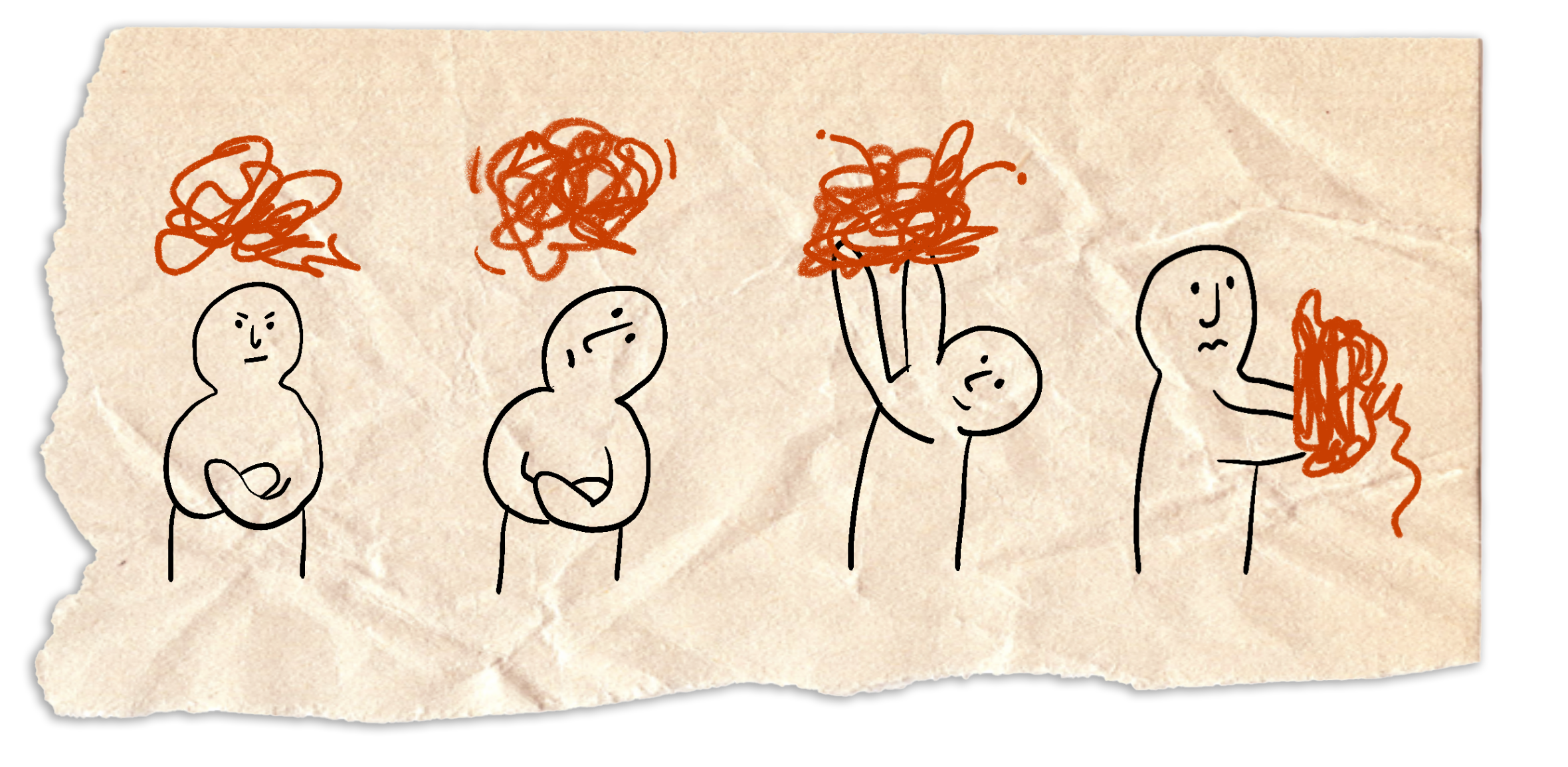Stop Teaching, Start Breaking: How to Build a Destruction Lab
Education sells a dangerous fiction: follow the process, do the work, and you'll succeed. Students graduate into a world that operates nothing like school, and the shock breaks them. We've optimized education for learning while ignoring the most essential skill of all: how to function when everything goes wrong.
Educational environments are fundamentally artificial. They're designed to facilitate growth through managed challenge and constructive feedback. Real professional life doesn't work that way. Clients reject your best work without explanation. Deadlines collapse. Constraints change mid-project. Brilliant ideas die in meetings. The person evaluating your work understands it less than you do but has final approval anyway. Schools prepare students for a professional world that doesn't exist.
The same pattern appears everywhere. Creative writing programs produce students who've only experienced thoughtful editorial feedback, never the form rejection that doesn't explain why. Business schools simulate decisions with complete information, never the reality of choosing between bad options under pressure with missing data. Teacher training programs practice lessons in controlled environments, never the chaos of managing thirty students when technology fails. Education trains people for the best-case scenario when professional life is mostly about navigating the worst.
What we need is radical: destruction labs. Not metaphorical destruction. Actual structured experiences where things go wrong, stay wrong, and students must function anyway. Spaces where failure is the curriculum, not an unfortunate possibility to be avoided.
In a design destruction lab, students present work to actors playing nightmare clients. The person with final approval has no design background but absolute authority. Promising concepts die in committee because no one wants to take responsibility for change. Every revision request contradicts the previous one because different stakeholders never aligned in the first place. Students learn not just to defend their choices but to recognize when defense is futile, when to compromise strategically, and how to maintain professional composure when someone casually destroys your best work. The grade isn't based on the design. It's based on how they handle the destruction.
For writers, destruction labs mean submitting work to brutal editorial rejection for real market reasons, writing under impossible deadlines, and having their "best" pieces compared directly to published professional work so they can see the actual gap. For engineers, it means diagnosing systems that have been deliberately sabotaged, recovering from cascading failures, and working under simulated pressure where there's no manual and no one knows the answer.
The destruction lab builds meta-skills that transcend disciplines. Separating ego from work means learning that your rejected design doesn't make you a bad designer, it makes you a designer who had something rejected, which is just Tuesday. Systematic problem-solving means developing the diagnostic instinct to eliminate possibilities methodically rather than panic when you don't immediately know the answer. Professional communication under stress means responding to "this needs to pop more" with clarifying questions rather than defensive explanations. Most crucially, destruction labs build emotional resilience, the ability to have something fail on Monday and return to work on Tuesday without being broken.
Schools resist this approach because education is fundamentally optimistic. We want to encourage students, build confidence, create safe spaces for risk-taking. The destruction lab sounds harsh, even cruel. But there's a crucial difference between destructive criticism and honest preparation for reality. Destructive criticism tears down without purpose or structure … it's just meanness. Destruction labs are carefully designed simulations where students fail in low-stakes environments, receive coaching on how to respond professionally, and practice resilience with instructor support present. The real cruelty is sending students into professional life believing their education prepared them, then seeing them crumble the first time a client screams, a project dies, or they must defend work to someone hostile and uninformed.
Every discipline has a gap between classroom and reality. We've accepted this gap as inevitable and just part of "paying your dues" or "learning on the job." But it's not inevitable. We could prepare students for professional chaos the same way we prepare them for professional competence. We could teach them that functioning under pressure, recovering from failure, and maintaining standards when everything goes wrong aren't unfortunate necessities but core professional skills worth systematic development.
Stop teaching only success. Start breaking things on purpose. The students who learn to thrive in destruction labs will be the professionals who don't just survive their careers.
